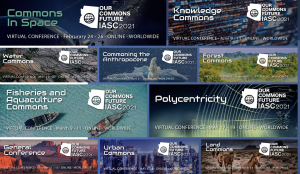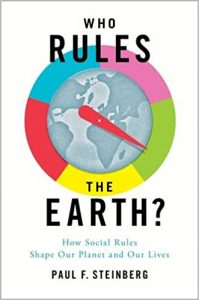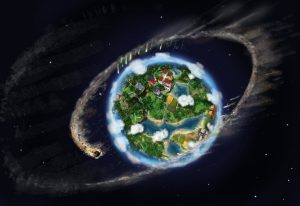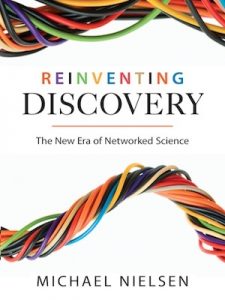During the recent winter break I got introduced by some younger family members to Clash of Clans and Boom Beach, which are strategy games you can play on your ipad or other devices. You make investment decisions for defense and attack infrastructure as well as infrastructure to extract resources. For example, in Boom Beach (see figure below) you occupy an island and use gold and wood resources to build and support your army (to attack island of other players and rob their resources). There is a saw mill that generate construction material and it will not reduce the amount of forest on the island. In fact, if you have collected sufficient gold from the unlimited gold resource, you can increase the capacity of the saw mill which will not affect the amount of trees on the landscape.
It might be an interesting challenge for the gaming industry to try to capture relevant resource dynamics such that people learn not only to develop complex strategies to combat other armies but also derive a better understanding of the complex dynamics of short term benefits of resource extraction and long term consequences of a livable planet.










2 responses to “Resource dynamics in video games”
Hi Marco. My sense is that many popular real-time-strategy games do have finite resources. For example Star Craft and Star Craft II – which are the unofficial national sports of South Korea have finite resources. http://wiki.teamliquid.net/starcraft2/Resources
Hi Marco – great blog! I agree with Matt Zefferman's comment that some games do have finite resources – including some long standing and popular titles. I wonder if infinite resources is a new dimension of strategy games to fit the in-app purchase model of gaming? That would be interesting, and would certainly have some implications for how people understand the resource limitations on our own finite planet.
You may be interested in a paper I wrote on Digital Games and Biodiversity Conservation, which covers some similar issues: http://onlinelibrary.wiley.com/doi/10.1111/conl.12113/abstract Feel free to get in touch (email address in the paper) if you would like to discuss further!